Wacom vs XP-PEN: Which One's Better and Why?
XP-PEN is giving tough competition to Wacom
5 min. read
Published on
Read our disclosure page to find out how can you help Windows Report sustain the editorial team. Read more
Key notes
- The debate, Wacom vs XP-PEN, has been going on for long, with the two offering some of the best products in the market.
- While Wacom is known for its reliability, XP-PEN wins it in pricing.
- So, which should you choose? Keep reading to find out!
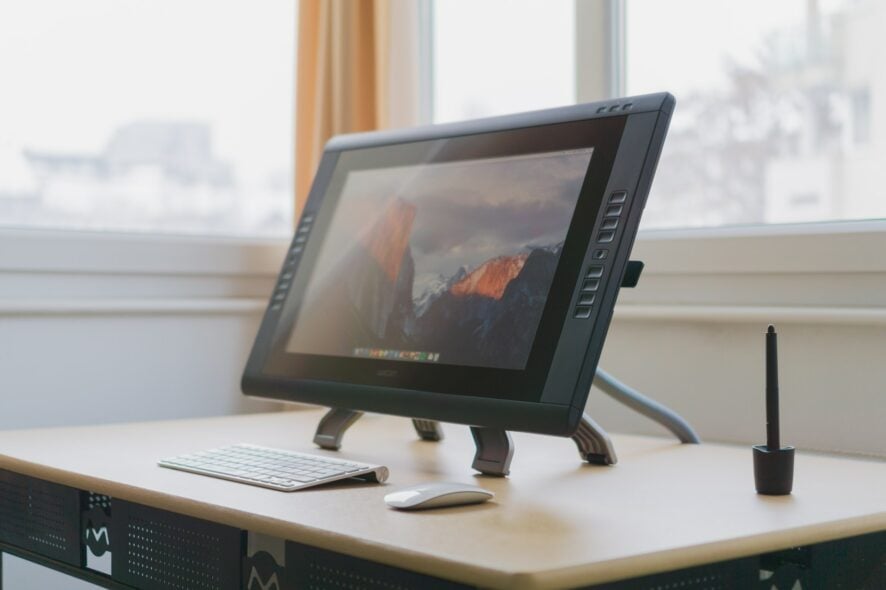
Wacom vs XP-PEN, that’s the question on everyone’s mind. Given the two are significantly different in some aspects, the question makes all the more sense. And what’s best for a rookie vs someone who is into graphic designing full-time?
While Wacom is the undisputed leader in the market, with a market share of 57% as per the last available reports, that seems to be changing with players like XP-PEN, Huion, Xencelab, Samsung, and PenPower fast closing in. Wacom and XP-PEN still remain the most popular choices!
Which is better XP-Pen or Wacom?
Design
When it comes to design, both Wacom and XP-PEN graphics tablets are user-friendly. And there’s not much difference between the two in general unless we scrutinize specific models.
Wacom tablets usually have an all-screen front, while XP-PEN adds buttons and dials for enhanced control. At least that’s the case with the newer models, but the Intuous Pro series still features buttons.
The Wacom Intuos Pro series has 6-8 customizable express keys, a touch ring, and side switches on the pen. While XP-PEN Artist Pro 16 (Gen 2) has an all-display front with a separate X remote control. And they both perform well in their segment and price range.
The appearance, physical and programmable buttons, and size vary across models for both Wacom XP-PEN, and one must choose what suits their needs.
But in terms of overall build quality, Wacom has a clear lead. The tablets feel sturdy, though it’s a little heavier. Remember, the tablet’s weight is also proportional to its size.
When talking about XP-PEN Artist Pro vs Wacom Cintiq 16, if you are looking for a more pen-paper feel while designing, go with the latter. With XP-PEN, users reported that it was more of a glassy finish, and the screen protector got torn off quickly.
Performance & Functionality
In terms of levels of pressure sensitivity, XP-PEN seems to beat Wacom. The Artist Pro 16 (Gen 2) has 16K pressure levels compared to 8,192 levels for the Wacom Cintiq Pro 16. That’s the general trend.
Even for the Deco series, the pressure level is 8192, while for Intuos, it is 4096. So, when it comes to Wacom Intuos vs XP-PEN Deco, the latter has a clear lead in terms of available pressure levels.
Theoretically, it does sound like a major difference, but when coupled with other features, things sort of even out.
Though more critical parameters when discussing drawing tablets are the pressure range and Initial Activation Force (IAF). Wacom is ahead of XP-PEN in both. It has low IAF and offers a wider pressure range.
All newer models of Wacom and XP-PEN tablets support tilt functionality, but performance-wise, Wacom beats not just XP-PEN but even other players in the market. The pointer doesn’t shift off-center (offset) when used at an angle. Besides, several Wacom stylus have an eraser, a feature missing in XP-PEN.
Price & Value
When it comes to pricing, we all know XP-PEN is the more pocket-friendly option. Wacom has emerged as a premium pen display brand, and based on our research and user reviews, it’s worth the price. Wacom is a value-for-money product!
But, as a consumer, you must identify the VALUE before purchasing a product. Answer these questions before choosing between XP-PEN and Wacom:
- What screen size works best for you?
- How much workable space do you need?
- Do you require additional controls on the tablet?
- Is touch functionality a must? Letting go of this can help you save a significant amount.
- What pressure sensitivity do you require? Higher pressure levels don’t necessarily translate into better performance.
- Are you purchasing a tablet for personal or work use?
- How much time do you spend on the drawing tablet?
The choice won’t be that simple because there’s also the consumables aspect that you can’t ignore. Pen nibs are costly, especially for Wacom. A long-lasting Wacom pen nib will cost you in the range of $5-10 for a standard pack of five. In comparison, XP-PEN nibs are relatively cheaper and priced at $9.99 for 50 pieces.
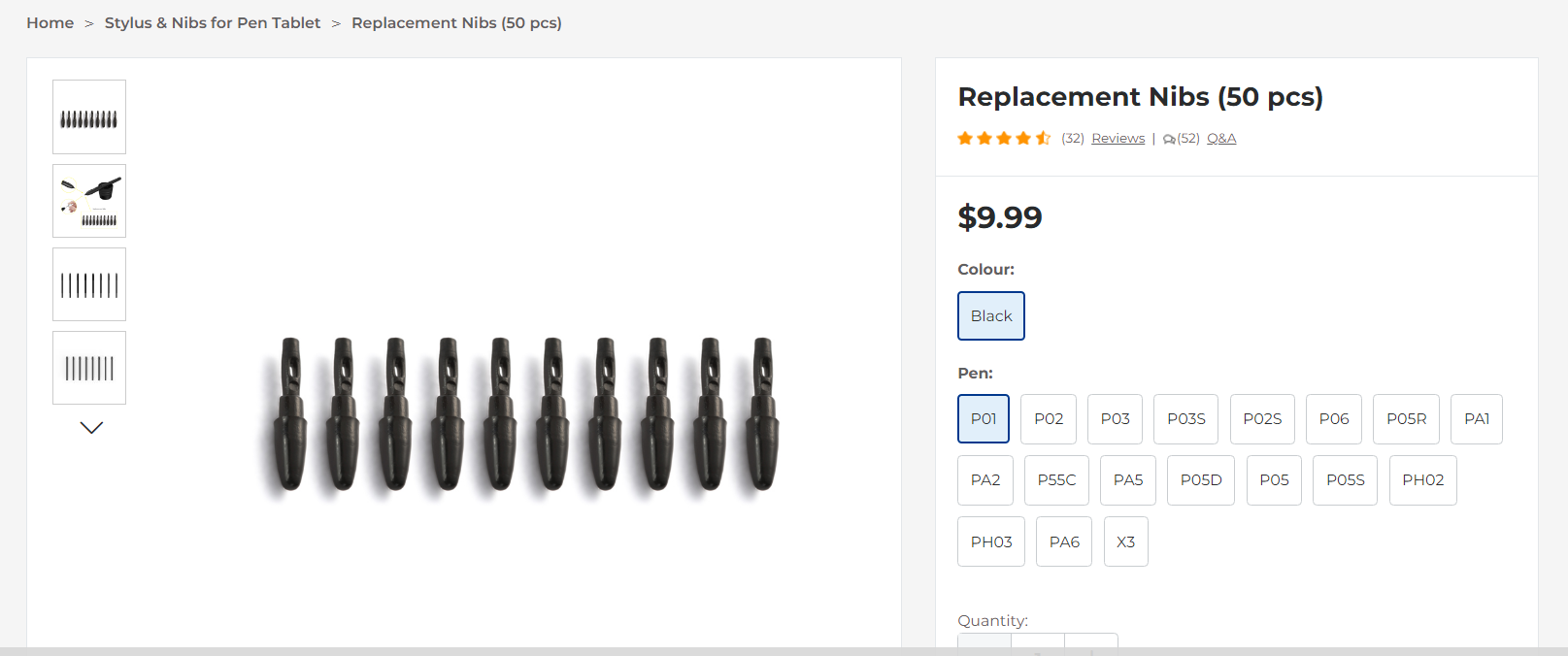
Then comes the protective sheet. They are not absolutely essential, but anyone spending too much time on the drawing tablet should get one.
Here, the cost depends on the screen size. For XP-PEN, you will find an official one in the range of $10-40, while for Wacom, it’s $5-30, though these are manufactured by third parties.
Once you have the answer to these questions and identify how much the consumables will cost in the long run, you can put the Wacom vs XP-PEN debate to an end.
Is Wacom or XP-PEN better for beginners?
For beginners, XP-PEN is undoubtedly the best choice. It offers pocket-friendly options without compromising too much on the quality. You will still get a decent drawing experience and, more or less, every functionality included in a Wacom tablet.
But if choosing for the long run, Wacom would be a better option. It doesn’t wear out with time, and performance-wise, it remains as good as new.
When talking about Wacom vs XP-PEN in 2023, the former still remains an unformidable force and market leader but is facing stiff competition from the latter.
XP-PEN has released some brilliant products that are sure to change the market dynamics. Couple it with a XP-PEN drawing software, and you are in for an amazing experience!
If you are still unsure which to go for, check out our curated guide listing the best drawing tablets for Windows.
For any queries or to share which one you would choose between Wacom, XP-PEN, and Huion, drop a comment below.
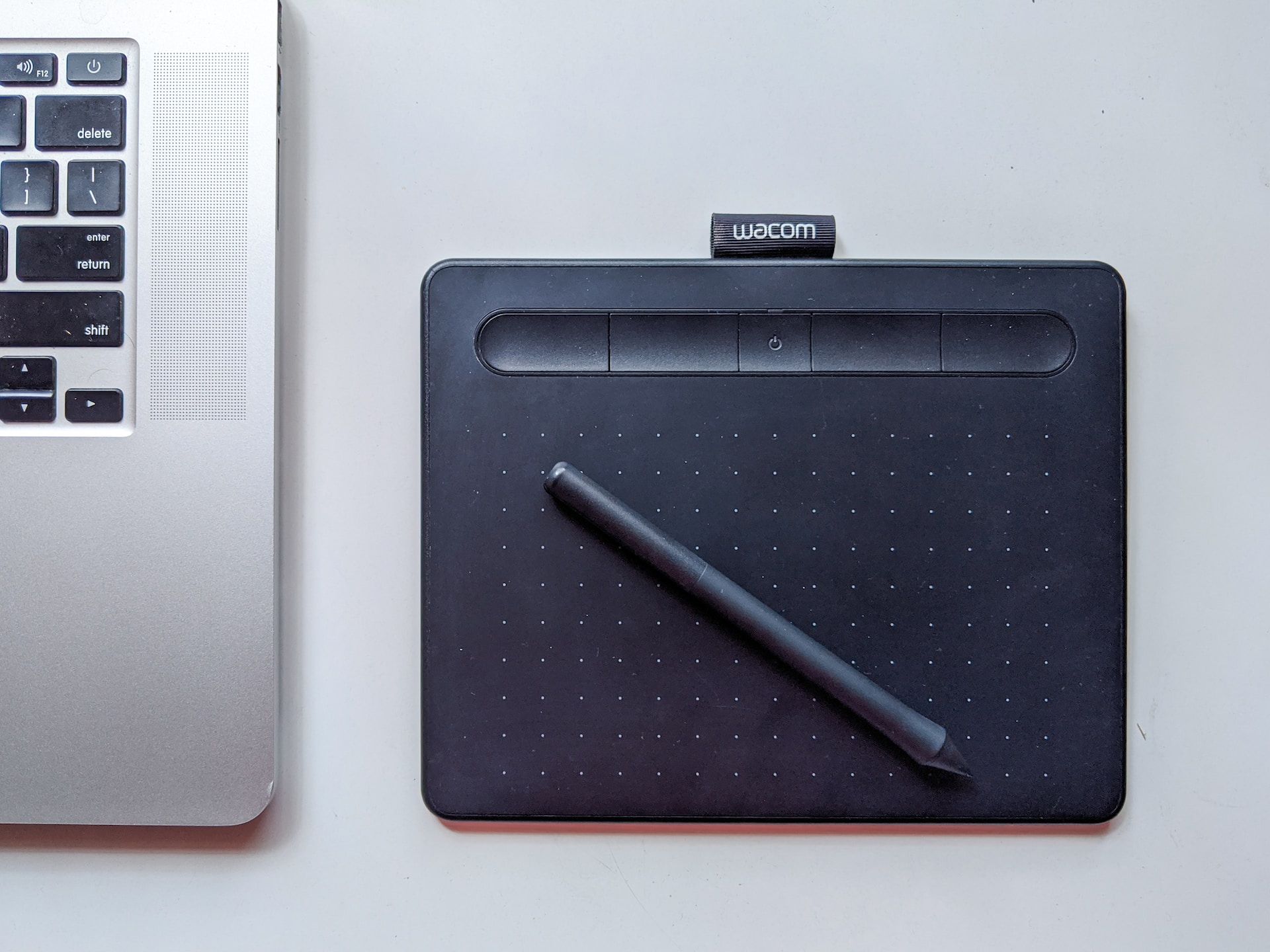
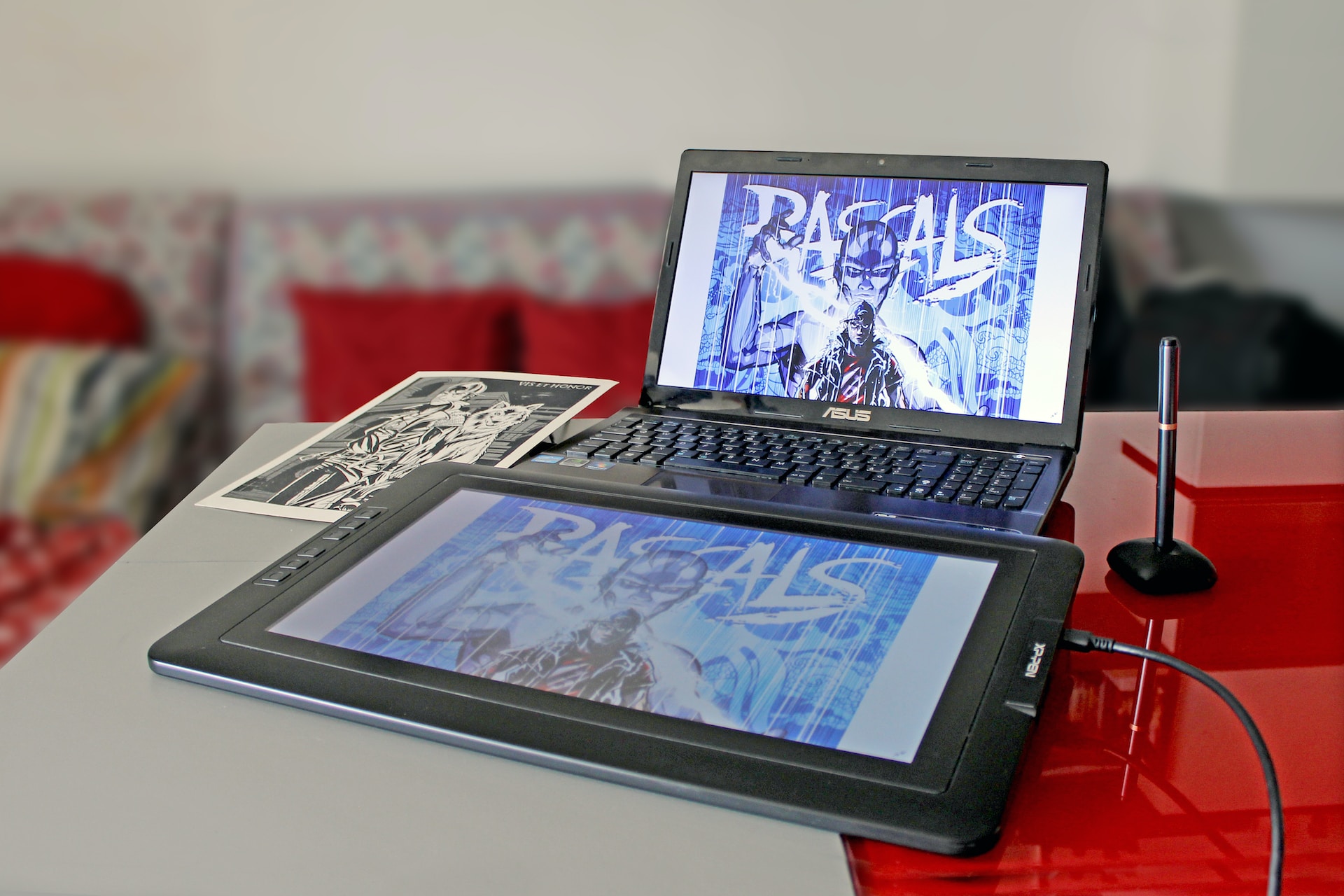



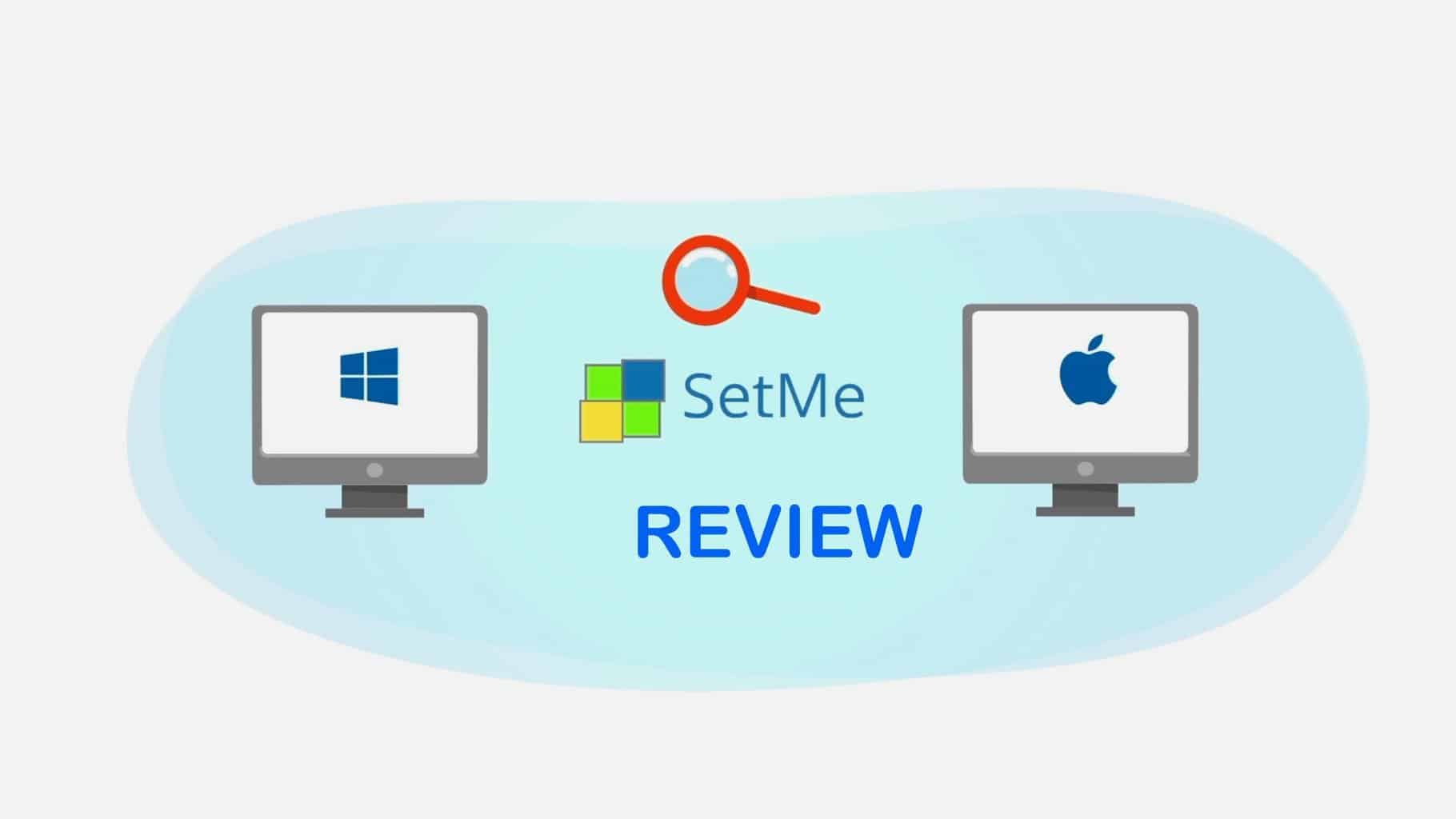

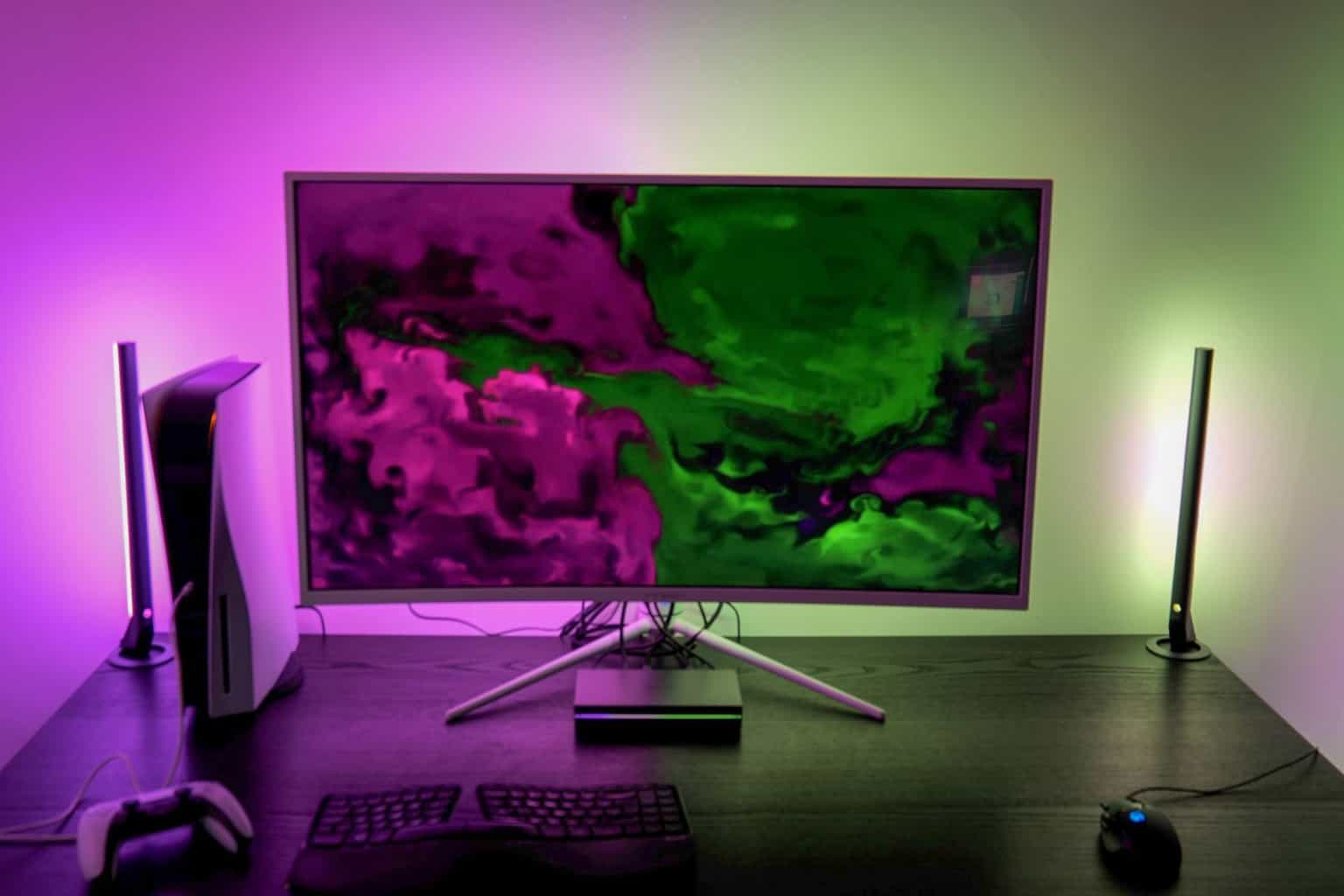
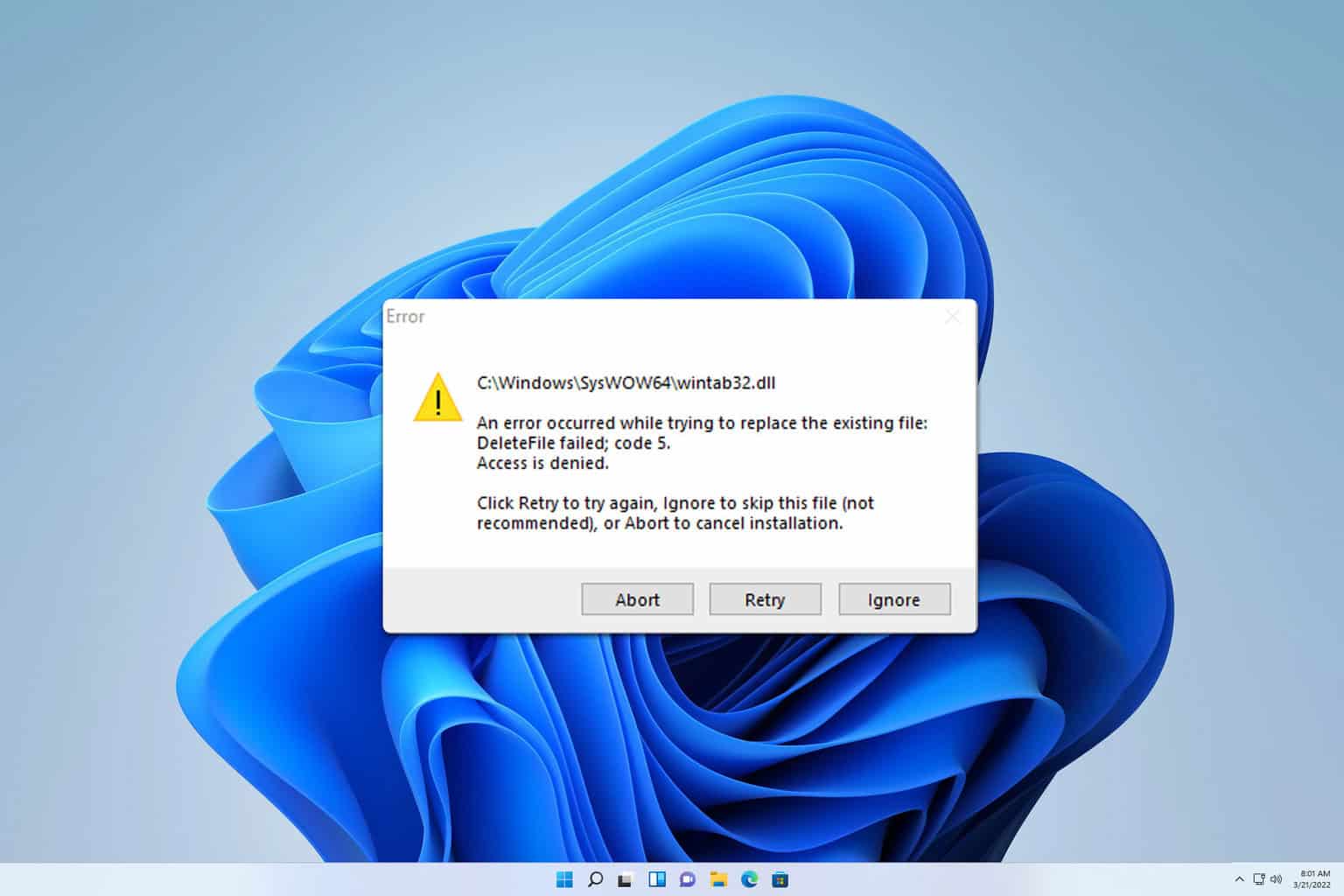
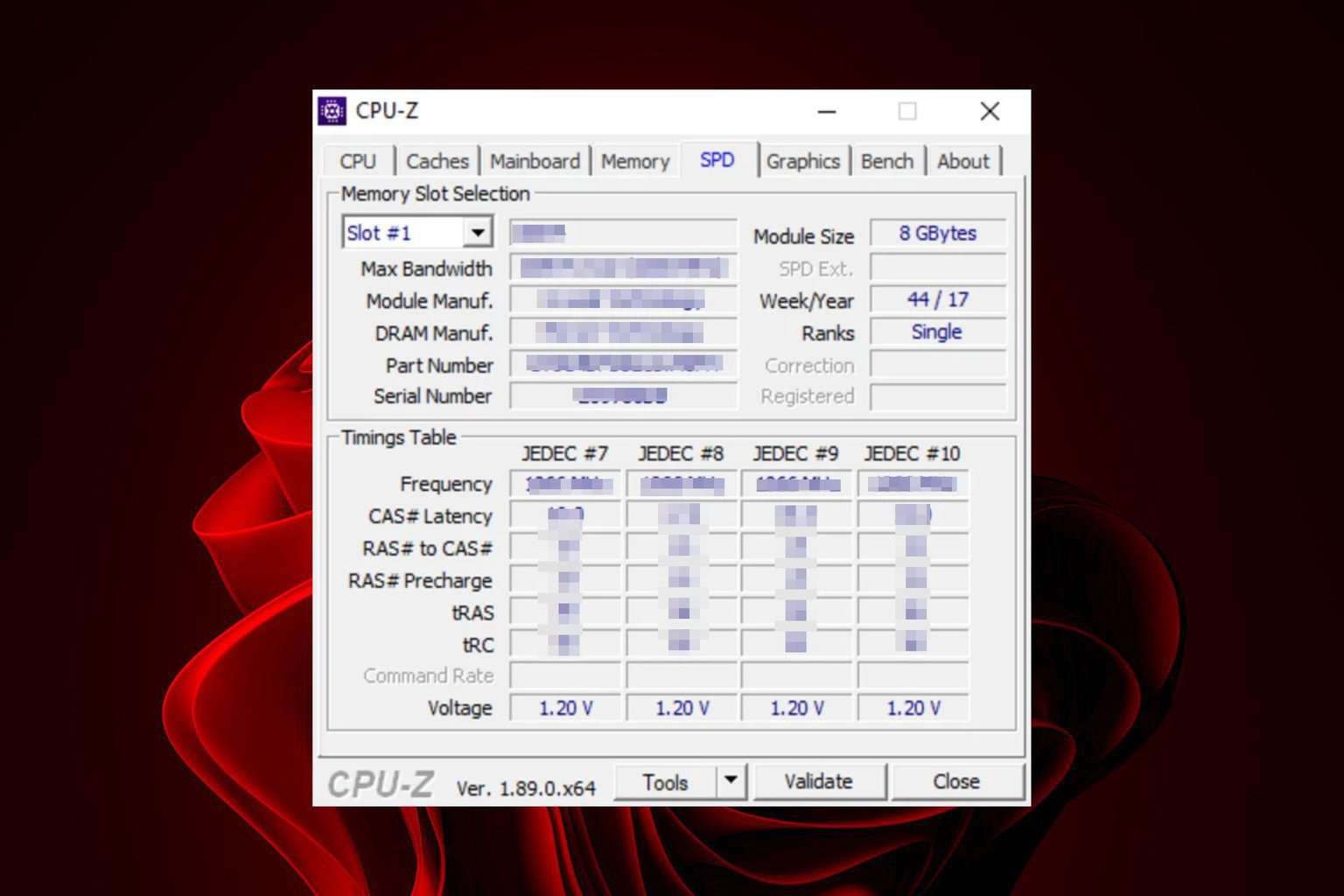
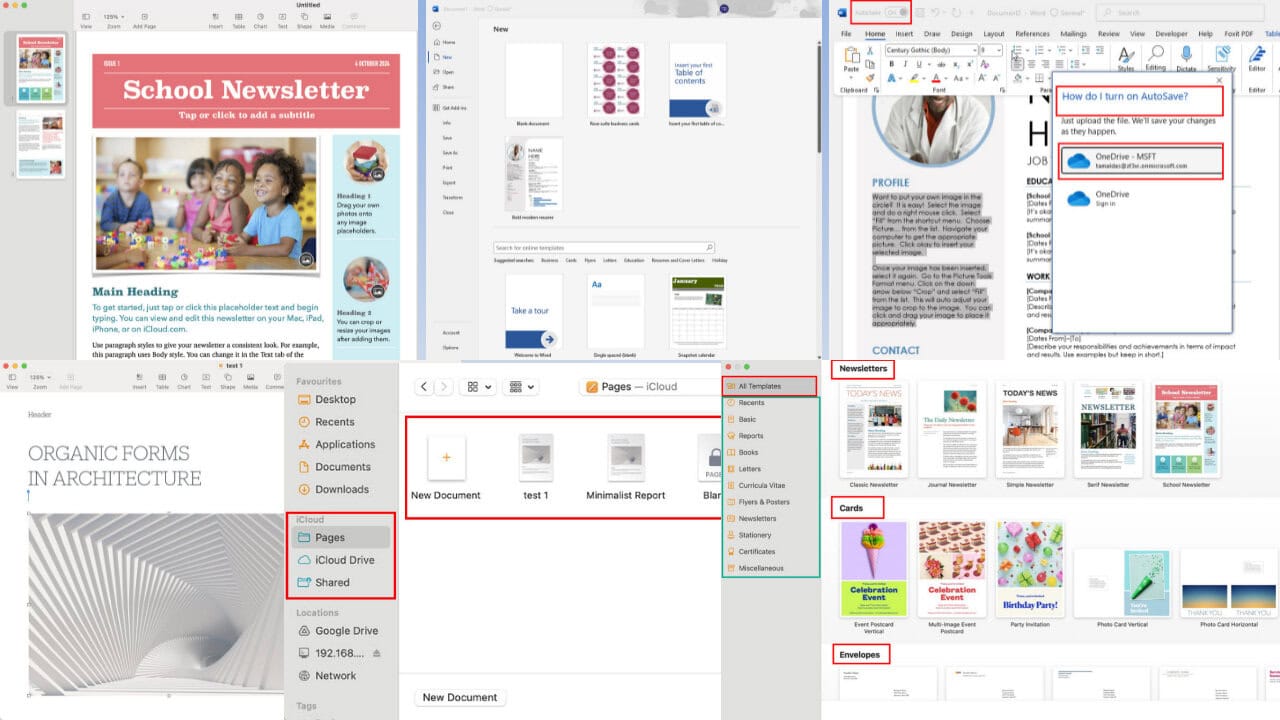
User forum
0 messages